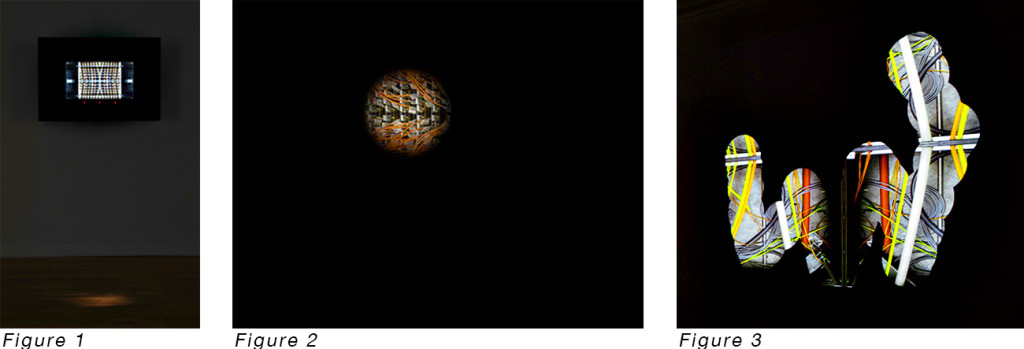Data Shadows – Installation
The project Data Shadows (2014-present) is a photographic investigation into the physical apparatus of the Internet and digital surveillance. As our daily lives become increasingly mediated, connected and transparent, the trails of information we leave behind as we traverse the Internet have come to represent digital extensions of our identities. These digital identities, or “data shadows,” have significant and often hidden effects on our relationships to large institutions, our social interactions, and our daily experience. Nevertheless, we remain only vaguely aware that our personal data is both a part of us and at the same time hidden and outside of our control. At this unique moment in history, this work offers a symbolic gesture of “counterveillance” – an attempt to pinpoint the location of our data and use photography to peer back into the apparatus of the Internet and digital surveillance.
One of the core components of Data Shadows is an interactive gallery installation that uses photography and eye tracking to draw viewers into an exchange with the physical infrastructure of the Internet. To experience the installation, a single viewer stands 2-3 feet away from a monitor that contains photographs from the inside of data centers (see Figure 1). However, the screen starts off blank and the initial image does not appear all at once. The monitor is equipped with an eye tracking camera that follows the viewer’s line of sight as it moves across the screen, and only a small circular portion of the image is revealed wherever the gaze is directed. The rest of the screen remains black, creating a moving “tunnel vision” effect (see Figure 2). This tunnel vision effect is controlled by one viewer at a time, while the accumulated image trails are simultaneously projected onto a large wall behind them (see Figure 3), allowing others in the room to voyeuristically observe the movement of the viewer’s eye across the photographs.
Documentation alternating between the singular tunnel vision experienced at the control monitor, followed by the accumulated eye trail that is projected into a different part of the gallery.
Documentation of an interactive eye tracking installation that overlays photographs of data center interiors with Google Maps imagery of Google data centers. In this iteration I attempt to write “watching you, watching me” with my eyes.



















































